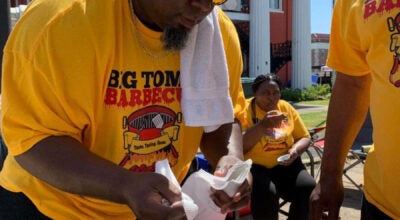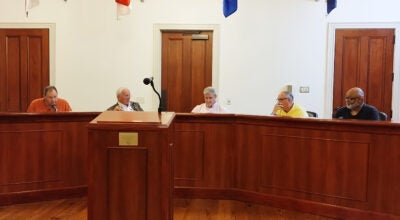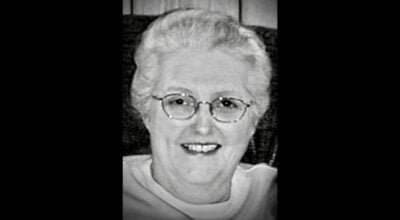A Colorful History: Desegregation
Published 8:30 pm Tuesday, February 10, 2009
In 1954, the U.S. Supreme Court heard the case of Plessy v. the Board of Education of Topeka, ruling that separate educational facilities were inherently unequal, paving the way for the desegregation of schools.
On June 19, 1970, Demopolis City Schools were ordered by the U.S. Circuit Court to form one high school for grades 7 through 12 for black and white students at Demopolis High School and at the former Demopolis Elementary School (currently called “the Old School”). The former all-black high school, U.S. Jones, became Eastside Elementary School and, with Westside Elementary, was ordered to take on students for grades 1 through 6.
It was a time of turmoil for many, fraught with distrust and fear of change and of the unknown.
“We had blacks who wanted to see it work, and some whites,” said Geraldine Walker, who was a junior moving from U.S. Jones to Demopolis High School that year, “but then, you had the opposite on both sides. We had mixed feelings about leaving a place we had been all our school life.”
“I think it was more the parents than it was students (who were afraid),” said Booker Barlow, the current assistant principal at DHS who came to the school as a teacher from U.S. Jones High School in 1970. “Students are going to get along with each other; kids are going to get along with each other. They have much more in common than differences.”
Ann Jackson, who was a senior that year, remembered what it was like on the first day that Demopolis High School became integrated.
“We were all looking at each other like ‘What’s happening?’” said Jackson, one of the white students. “We just kind of smiled at each other. They stayed in their group, and we stayed in ours. A lot of those who were raised in Demopolis knew some of the faces, so that made it a little easier.”
“I guess it was a fear of the unknown: what it’s going to be like, what kind of teachers you were going to have,” Walker said. “There was also a kind of excitement, because we were going to get some of the same opportunities. We always had used textbooks, used desks and chairs. We got more when we came over here, as far as academics and the surroundings. I probably wouldn’t be a nurse today if we hadn’t made those changes.”
Today, most Demopolis High School students can’t imagine life in a segregated school, a legacy of what students worked through during the early desegregation days of the 1970s.
“It was a plus,” Walker said. “We learned from them, and they learned from us. All of the myths were proven untrue, once we were in that setting with each other.”
“I think the best changes were social changes,” Jackson said. “My children have a lot of friends from both sides, and best friends from both sides. I think having a better community to be able to get along together better — I think that’s helped. It was the norm for my children, something they’ve done all their life.”
“Today’s students don’t even know anything about (desegregation),” Barlow said. “They weren’t even born yet. Now, it’s just commonplace. They don’t even know it existed.
“Our administrators, black and white, the people in our community, black and white, kept it together by keeping one thing in mind: what is best for our children.”
The longest journey begins with the first steps, and those first integrated steps into Demopolis High School in the fall of 1970 helped pave the path toward an outstanding school system and broader local social integration.





